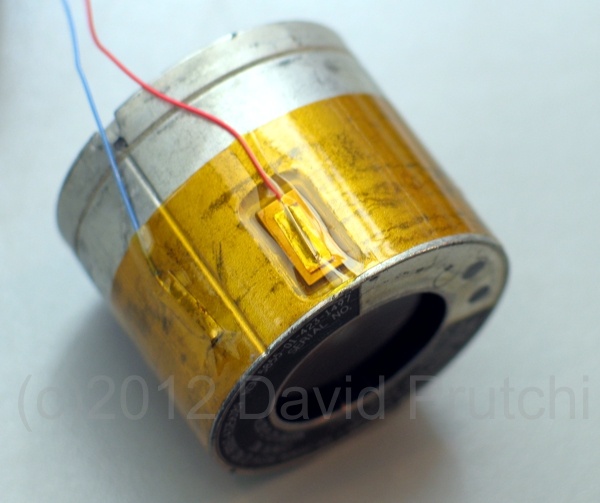
This picture supplements Figure 148 in the book. The colors should help you visualize the paths of the beams in our entangled-photon source: Violet – 405 nm pump laser beam; Pink – 810 nm signal and idler entangled-photon beams. A detailed schematic diagram for the entangler is available in the book’s Figure 147. Figure 149 shows the 405 nm beamstop. Continue reading



 ALPhA (Advanced Laboratory Physics Association) has worked out a deal with Excelitas to sell Single-Photon Counting Modules (SPCMs) to instructional labs. The detectors carry labels specifying that these units belong in the undergraduate instructional labs and not in research labs. These educational detectors have reduced specs, notably a higher background dark count rate, compared to other models from the company.
ALPhA (Advanced Laboratory Physics Association) has worked out a deal with Excelitas to sell Single-Photon Counting Modules (SPCMs) to instructional labs. The detectors carry labels specifying that these units belong in the undergraduate instructional labs and not in research labs. These educational detectors have reduced specs, notably a higher background dark count rate, compared to other models from the company.


